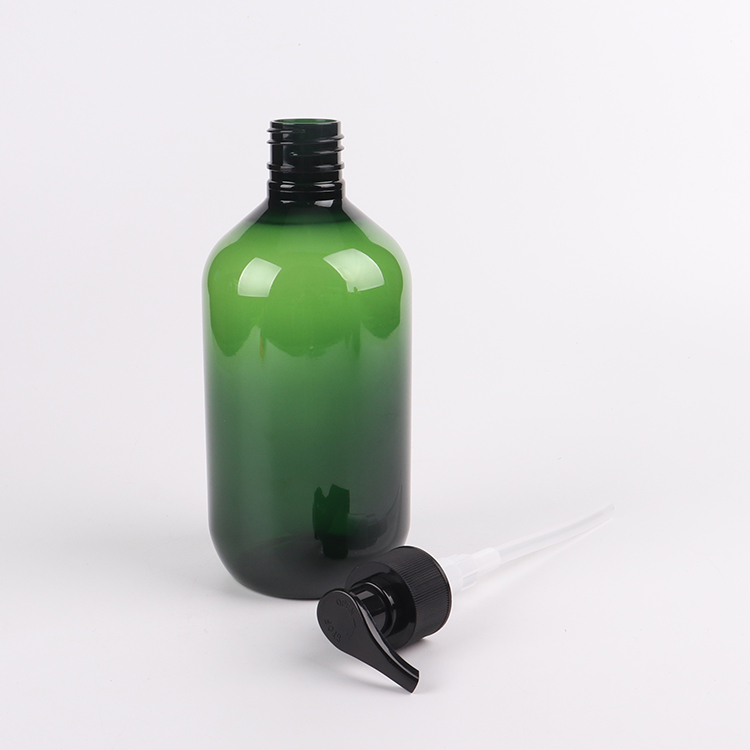Plastic is the most commonly used packaging material for personal care products such as shampoo, conditioner, body wash, hand soap and lotion.
Bottles made from plastic are also found in yogurt tubs, ketchup bottles, medical bottles and Starbucks iced beverage cups. In addition to occupying space in landfills, these single-use bottles release carbon dioxide into the air and emit pollutants into the water when they degrade over time.
Sachets are a cost effective and environment friendly alternative to plastic bottles for shampoo manufacturers. They offer the same cleaning and fragrance properties as shampoo in a pouch, without consuming excessive packaging.
Compared to bottles, sachets generate less waste as they can be easily refilled with the same product. This makes them a great choice for small businesses and consumers who want to make their environmental footprint smaller while saving on packaging costs.
Foaming Bottles
The pump mechanism of a foaming shampoo bottle allows for more control over how much of the product is applied per wash. It also reduces waste by minimizing how often you need to empty your bottle.
Rheology
The flow properties of materials, such as the resistance to flow, are crucial when it comes to making a great-smelling and efficient shampoo. This is because the rheological properties of the shampoo help determine how well it cleans, hydrates and foams.









 English
English 中文简体
中文简体 Español
Español Deutsch
Deutsch



